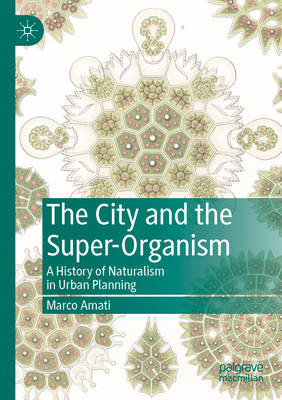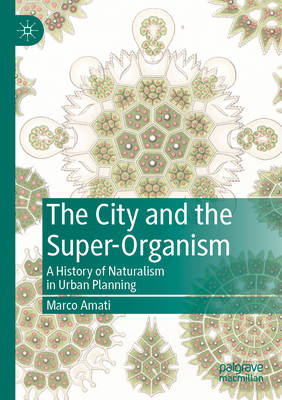
Je cadeautjes zeker op tijd in huis hebben voor de feestdagen? Kom langs in onze winkels en vind het perfecte geschenk!
- Afhalen na 1 uur in een winkel met voorraad
- Gratis thuislevering in België vanaf € 30
- Ruim aanbod met 7 miljoen producten
Je cadeautjes zeker op tijd in huis hebben voor de feestdagen? Kom langs in onze winkels en vind het perfecte geschenk!
- Afhalen na 1 uur in een winkel met voorraad
- Gratis thuislevering in België vanaf € 30
- Ruim aanbod met 7 miljoen producten
Zoeken
The City and the Super-Organism
A History of Naturalism in Urban Planning
Marco Amati
Paperback | Engels
€ 198,45
+ 396 punten
Uitvoering
Omschrijving
This book traces how naturalism-the idea of a common theory uniting natural social systems-has contributed to major shifts in urban planning. Beginning in the 17th century, when the human body began to emerge as an inspiration for urban planning, the book examines the work of medical analyses of city life. Responding to the 19th century industrial revolution and 20th century modernism, the Second World War and mass motorisation, Dr Marco Amati shows how vitalism, eugenics, evolutionary theories and medical treatments were applied to understand cities and propose new urban forms. While critically evaluating the uses of naturalism, Amati also observes a renewed interest in the application of sciences to analyse city life, arguing that this is essential to help resolve challenges of human-induced climate change.
Specificaties
Betrokkenen
- Auteur(s):
- Uitgeverij:
Inhoud
- Aantal bladzijden:
- 200
- Taal:
- Engels
Eigenschappen
- Productcode (EAN):
- 9789811639791
- Verschijningsdatum:
- 21/11/2022
- Uitvoering:
- Paperback
- Formaat:
- Trade paperback (VS)
- Afmetingen:
- 148 mm x 210 mm
- Gewicht:
- 294 g

Alleen bij Standaard Boekhandel
+ 396 punten op je klantenkaart van Standaard Boekhandel
Beoordelingen
We publiceren alleen reviews die voldoen aan de voorwaarden voor reviews. Bekijk onze voorwaarden voor reviews.









